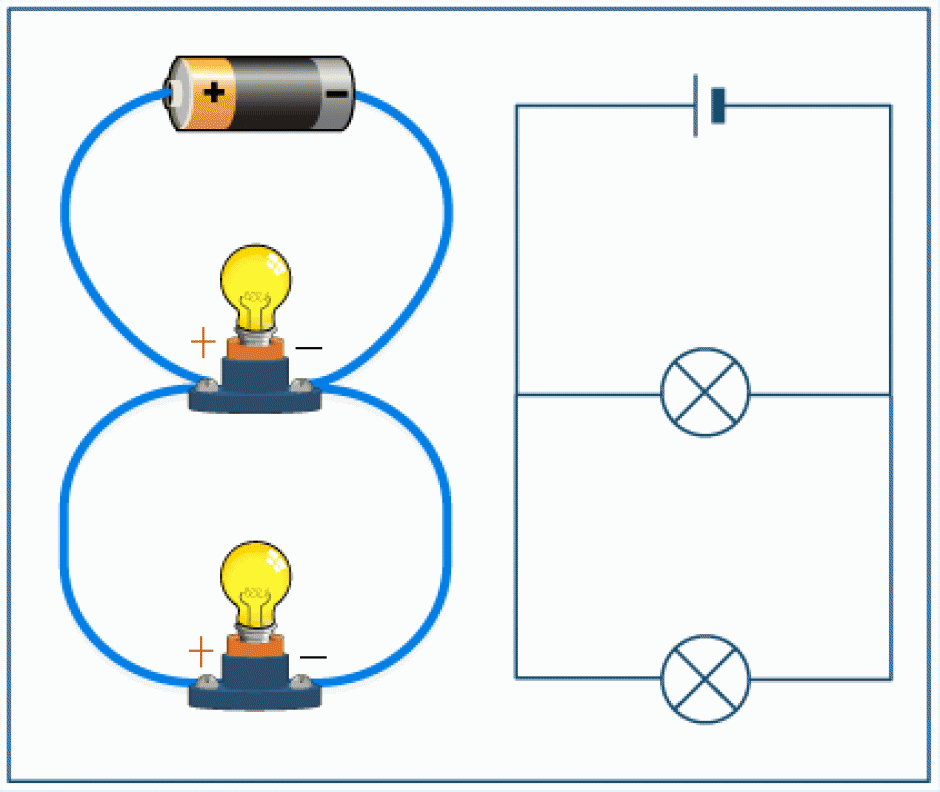الموصلات والعوازل conductors and insulators
Insulators and Conductors
|
|
The animation at the left is showing a neutrally charged conductor and its response to charged objects being brought near it. In a conductor (usually metal) many of the electrons are free to to move around within the conductor. Conductors are often referred to as having a "sea of electrons" since the movement of the electrons looks like a flowing sea.
As the positively charged rod is brought near the conductor, the electrons are attracted toward the charged rod. This causes a force of attraction to be created between the rod and the conductor. As the negatively charged rod is brought near the conductor, the electrons are repelled away from the charged rod. This causes a force of attraction to be created between the rod and the conductor. As a result, we can say that a charged object will always be attracted by a conductor. Notice that only the electrons are free to move, the protons are fixed in place because they make up the mass of the conductor. It is also important to notice that when no charged object is near the conductor, the electrons evenly distribute themselves within the conductor. . |
|
|
The animation at the left is showing a neutrally charged insulator and its response to a charged object being brought near it. In an insulator (such as plastic, rubber, glass, etc) the electrons are not free to move around the entire object. They are generally restricted to moving only around the atom they are attached to. They can move from one side of the atom to the other but are unable to leave the atom. As a result, we say that charges stay where you put them on an insulator.
Notice in the animation that the electrons are evenly distributed but are still attached to only one of the positive charges. As the negatively charged rod is brought near the insulator, notice that the electrons move to the other side of the positive charges but are unable to move completely to the far side of the object. Even though the charges only move to the other side of the atom you should notice that the upper side of the insulator becomes more positive and therefore feels a force of attraction to the the charged object. There would also be an attraction if the object was positively charged. as a result we say that a neutral insulator will always be attracted to a charged object. |




